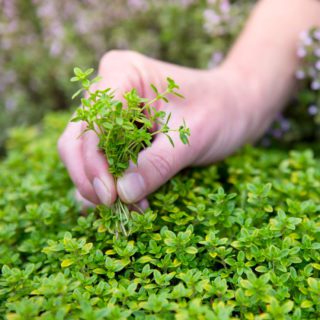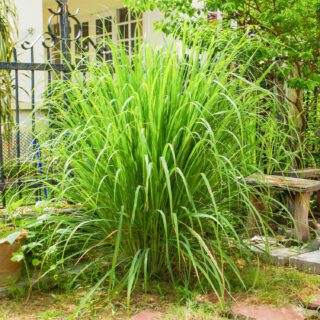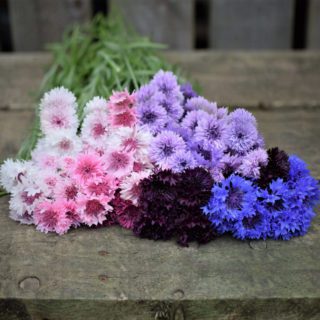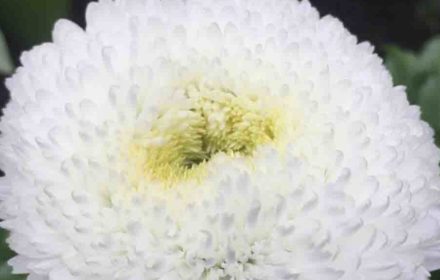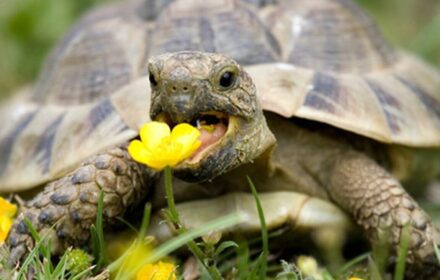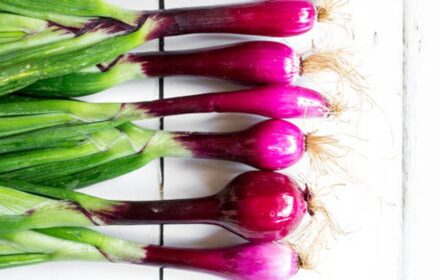How to Sow Giant Sweet Purple Lemon Herb Seeds
Also known as purple bee balm, horsemint, or monarda citriodora, this herb variety grows up to 4 feet in height with a spread of over 3 feet in diameter. Native to the southern USA and Mexico, the purple lemon herb is prized for its sweet lemon aroma and versatility in cooking. It’s commonly used in cake mixes, wines, liqueurs, and dishes for a citrus twist. This member of the mint family is hardy and easy to grow in UK weather conditions, making it a wonderful addition to your garden.
When and Where to Sow Giant Sweet Purple Lemon Herb Seeds
- Indoor Sowing: Start seeds indoors on a windowsill, in a greenhouse, or a conservatory. This will help control germination temperatures and protect young seedlings. Sow seeds indoors in early spring to give the plants a head start before transplanting outdoors.
- Outdoor Sowing: Seeds can be directly sown outdoors only once all danger of frost has passed, typically in late spring or early summer. Ensure the soil is warm and workable.
Ideal Growing Conditions for Giant Sweet Purple Lemon Herb
- Soil Requirements: This herb thrives in well-drained, high-quality seed compost. Avoid water retention to prevent root rot. A free-draining soil mix is ideal for both indoor and outdoor planting.
- Sunlight: Purple lemon herb requires full sunlight to develop its aromatic leaves and thrive. Choose a location with plenty of sun exposure.
- Temperature: Ideal germination temperatures are between 18-25°C. Cooler temperatures may hinder germination, so it’s important to maintain warmth until the seeds have sprouted.
How to Sow Giant Sweet Purple Lemon Herb Seeds Indoors
- Sowing Depth and Spacing: Sow the seeds 3mm (1/8 inch) deep in seed trays filled with quality seed compost. Ensure the compost is moist but not overly wet to encourage healthy germination.
- Germination Period: Place the trays in a warm, sunny location. Germination typically takes between 10 and 30 days, depending on the conditions. Monitor the temperature to ensure it doesn’t drop too low, as this can delay the process.
- Transplanting: Once the seedlings reach around 7.5cm (3 inches) in height, transplant them to their final growing location, whether that’s in pots, containers, or directly in the garden. Leave at least 15cm (6 inches) between plants to allow for proper growth and airflow.
How to Sow Giant Sweet Purple Lemon Herb Seeds Outdoors
- Sowing Depth: If sowing directly outdoors, plant the seeds at a depth of 3mm (1/8 inch) in prepared soil that is free-draining and not prone to waterlogging.
- Sunlight and Watering: Ensure the location receives full sunlight and keep the soil consistently moist, but avoid overwatering. Germination may take longer if temperatures drop below 18°C.
- Spacing: Leave 15cm (6 inches) between seeds for optimal growth. Thin seedlings if necessary to prevent overcrowding once they emerge.
Caring for Giant Sweet Purple Lemon Herb Plants
- Watering: Keep the soil moist during the early growth stages. Once established, the plants are more tolerant of occasional dry spells but will benefit from regular watering during hot periods.
- Fertilising: You can feed the plants with a balanced, water-soluble fertiliser every few weeks to encourage strong growth and vibrant blooms.
- Pruning: To encourage bushier growth and continuous blooming, pinch back any leggy stems once the plants begin to grow. This also promotes a more compact plant.
Common Questions About Growing Giant Sweet Purple Lemon Herb
- Can purple lemon herb grow in partial shade? While this herb prefers full sunlight for optimal growth and fragrance, it can tolerate partial shade. However, it may result in fewer blooms and slower growth in less sunny conditions.
- How long does it take for the herb to flower? Purple lemon herb typically begins flowering in autumn, around 3-4 months after germination. The plant produces striking purple flowers that add beauty to your garden.
- How do I prevent overwatering? Ensure the soil is well-draining and avoid watering too frequently. Water when the top layer of soil feels dry to the touch, and use pots or containers with drainage holes if growing indoors.
- Is purple lemon herb suitable for containers? Yes, this herb grows well in containers, making it ideal for balconies, patios, and windowsills. Just ensure the pot has good drainage and receives plenty of sunlight.
By following these steps, you can successfully grow purple lemon herb and enjoy its fragrant foliage and vibrant purple blooms throughout the growing season.


